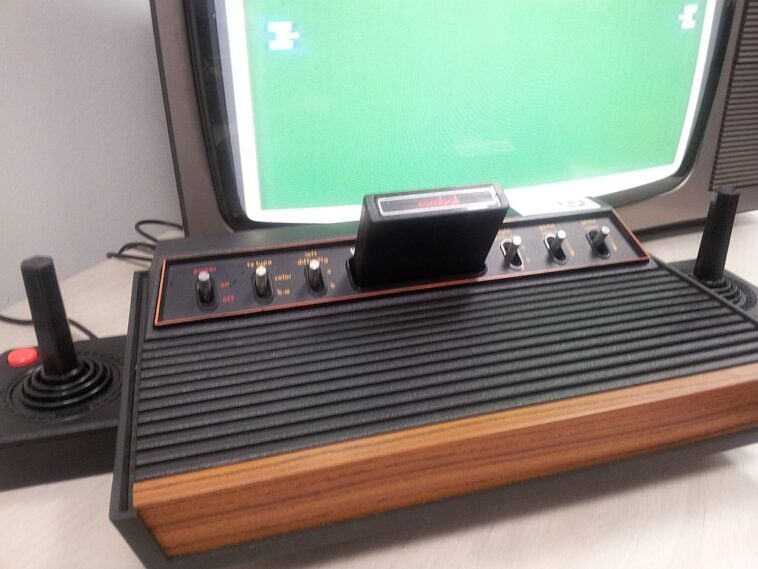Before Wi-Fi, before smartphones, before your watch could tell you to stand up, there was 1980. It was a glorious era of beige plastic, faux-wood grain, and technology that felt like pure magic.
Homes were packed with chunky, analog electronics that parents cherished and kids fought over. Far from being just gadgets, they were status symbols, conversation starters, and the centerpieces of family life.
So let’s take a trip back to that glorious year when MTV hadn’t even launched yet, Reagan was about to take office, and your home entertainment center required three people to move. Here are the nine electronics that households had in 1980.
The Console Television
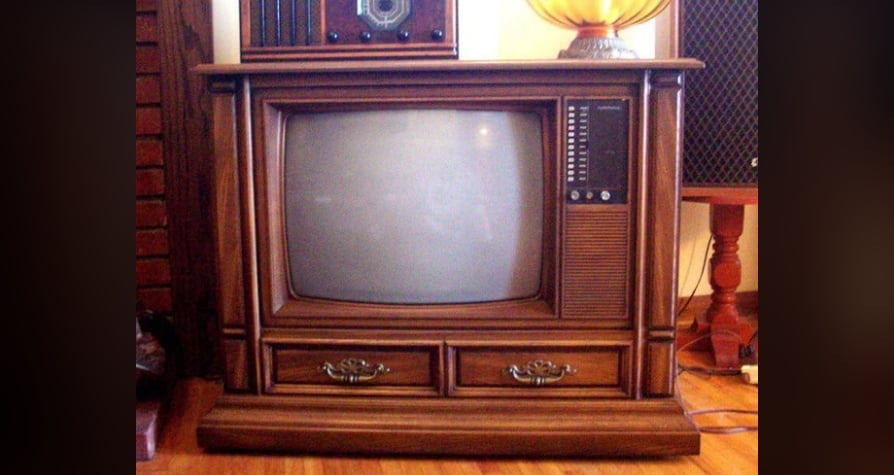
In 1980, your TV was a beast—a hulking wooden console that doubled as furniture and probably required three strong adults and a chiropractor to move. We’re talking 25 inches of curved glass glory displaying a whopping 13 channels (if you were lucky and had good reception).
These console TVs came with built-in speakers, fake wood paneling, and enough surface area on top to display your entire family photo collection. The picture tube was so deep that the back of the TV jutted halfway into the next room. And channel changing? That required either getting off your couch to manually turn the dial or deploying the youngest family member as a human remote control.
The reality check: Early color TVs could cost upwards of $400-600 (that’s over $1,500 in today’s money) and weighed between 100 and 200 pounds. They were an investment, and you treated them accordingly.
The Rotary Wall Phone
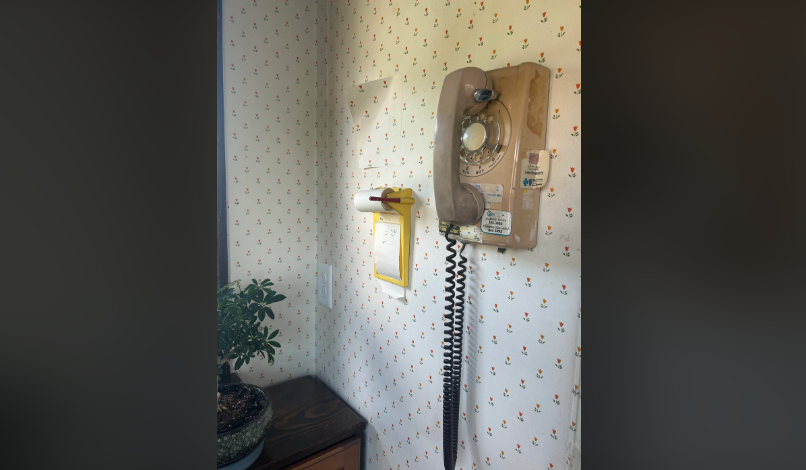
There was a time when your phone was literally attached to the wall with a cord—and we didn’t think twice about it. The rotary telephone was the king of communication, and making a call was a commitment. You had to physically dial each number by sticking your finger in a hole and rotating the dial. Mess up on the last digit of a 10-digit number? Start over, chief.
The satisfying mechanical whirring as the dial returned to position, the weight of that handset, the curly cord that somehow always got tangled—all shared experiences. And if you wanted a phone in multiple rooms? That cost extra, and you’d better believe the phone company charged you for the privilege.
The nostalgia factor: That rotary dial sound is now a ringtone ironically used by millennials who never actually used one. Full circle, baby.
The AM/FM Alarm Clock Radio
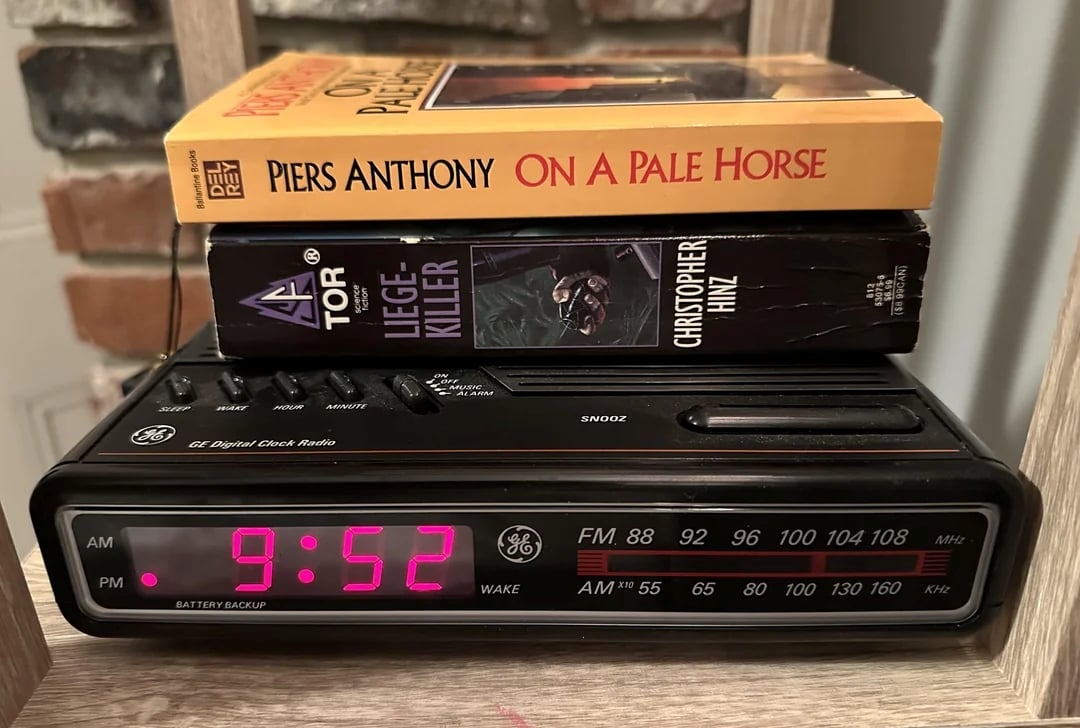
Before smartphones jarred you awake with customizable tones, the alarm clock radio was your daily tormentor. These boxy beauties sat on your nightstand with their glowing red LED numbers (or flip clock displays if you were fancy) and woke you up with whatever DJ was yammering on the local AM station at 6:00 AM.
The 1980 models were simple: a dial to set the time, another dial to set the alarm, and buttons for radio/alarm/snooze. Some fancier models even included a built-in cassette player or—wait for it—a telephone answering machine combo unit, because apparently we enjoyed our nightstands looking like NASA control panels.
Fun fact: Setting the time after a power outage was like solving a Rubik’s Cube, and the flashing “12:00” became the universal symbol of “I’ve given up on life.”
The Cassette Tape Answering Machine
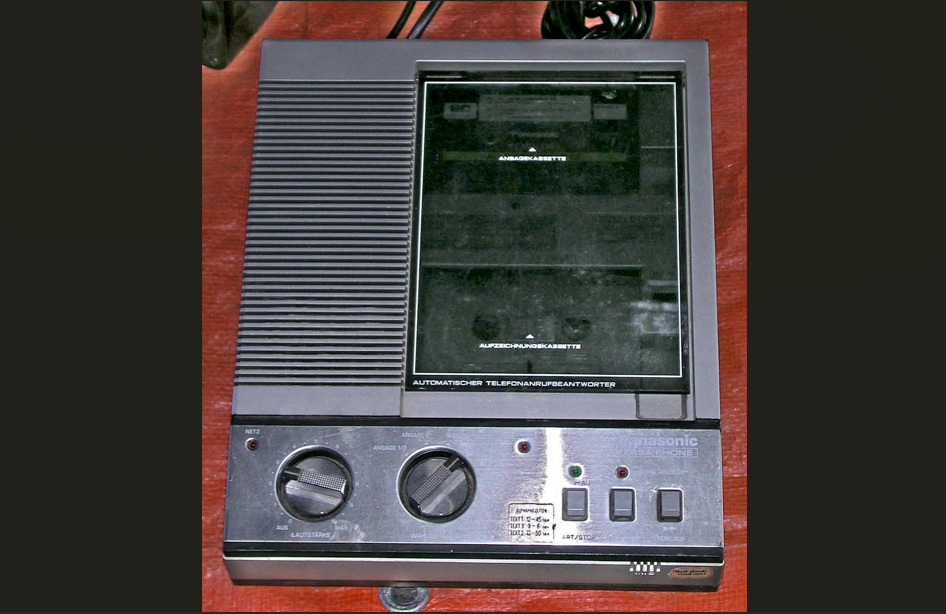
Speaking of answering machines—by the 80s, these were starting to creep into homes, though they were still considered somewhat fancy. Early models used actual cassette tapes to record your outgoing message and incoming calls, and they were about as reliable as a politician’s promise.
You’d record your greeting (which everyone agonized over like it was an audition tape), and when someone called, the machine would play your message, beep, and record theirs—assuming the tape didn’t jam or run out. Coming home and seeing that message counter light blinking? That was the 1980 version of checking your notifications.
The awkward truth: Everyone’s recorded greeting sounded like a hostage video, and you could hear people’s tape cassettes rewinding in the background.
The Microwave Oven
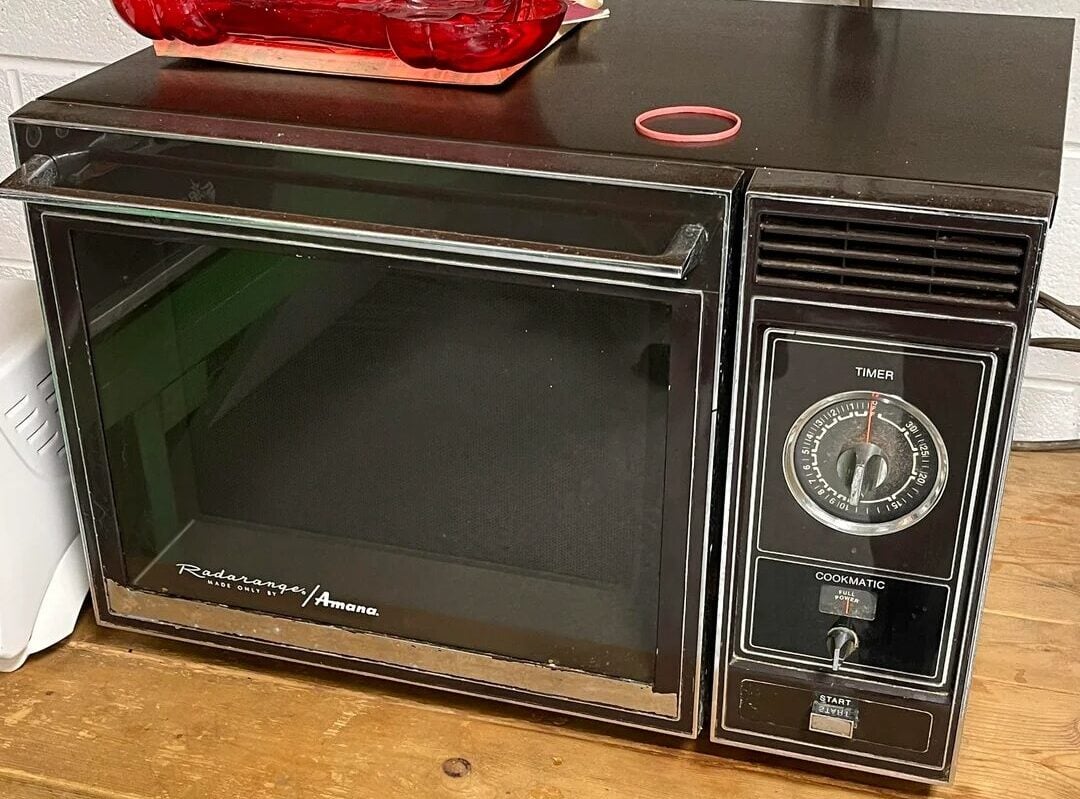
At the dawn of the decade, microwave ovens were transitioning from “exotic luxury” to “must-have appliance,” though they were still expensive and took up half your counter space. Unlike the sleek, sensor-cooking wonders we have today, these ovens were massive, boxy beige machines with manual dials and enough radiation shielding to survive a nuclear winter.
TV dinners, popcorn, reheating coffee 47 times a day—the microwave enabled our laziness, and we loved it. Every model came with a cookbook teaching you how to make “microwave meatloaf” and other crimes against cuisine that we pretended were innovations.
Price check: A decent microwave cost about $300-500 in 1980 (roughly $1,100-1,800 today). But hey, you could cook a hot dog in 45 seconds, so it was clearly worth it.
The Stereo System
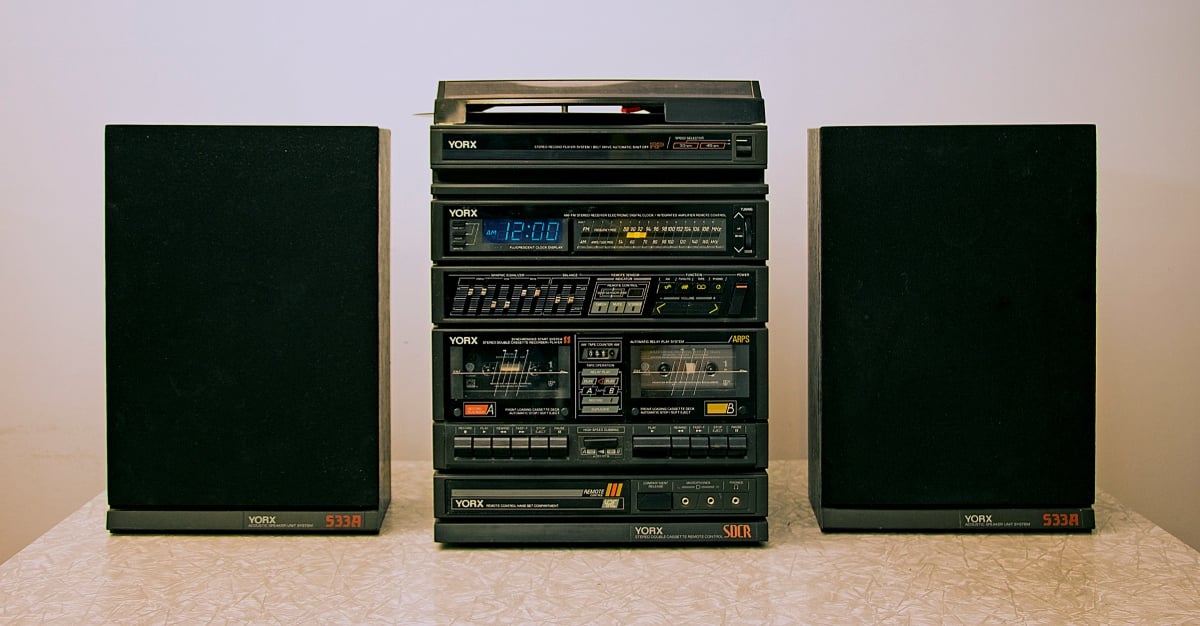
Forget Spotify. In 1980, serious music listening required a component stereo system—a separate receiver, turntable, cassette deck, and speakers the size of small refrigerators. These systems were displayed prominently in living rooms and bedrooms, badges of audio honor that screamed, “I have good taste and disposable income.”
The receiver had enough knobs, dials, and switches to confuse a pilot, and setting up the speakers properly was a doctoral-level course in acoustics. But when you dropped the needle on a vinyl record and heard that warm, crackling sound fill the room, it was magic.
Many setups also included an 8-track player (still hanging on in 1980) or a reel-to-reel tape deck if you were a true audiophile snob. And don’t even get us started on the equalizer—seven bands of precise audio control that everyone set to make a smile shape because we had no idea what we were doing.
The Electronic Calculator
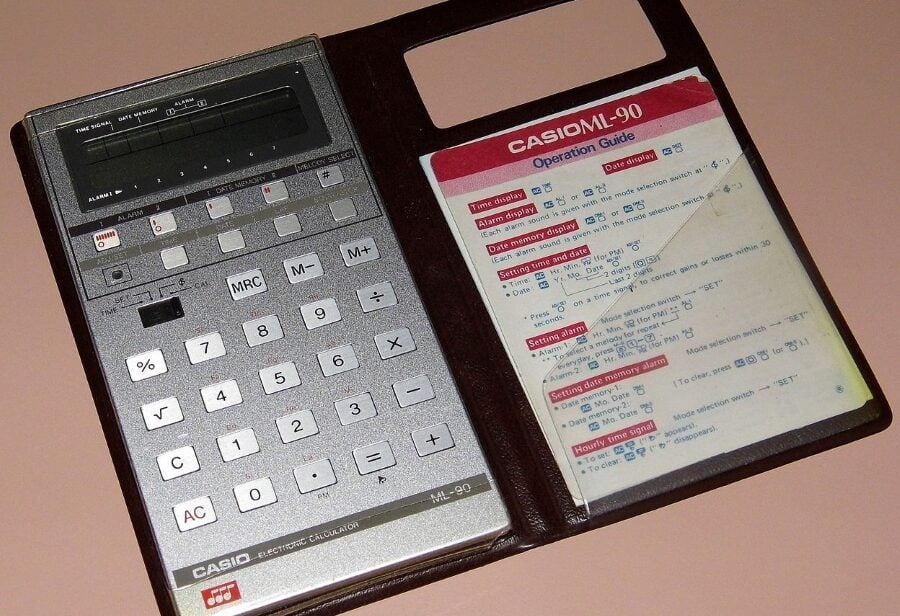
In 1980, electronic calculators were still relatively recent innovations and considered essential household items. These weren’t the free promotional calculators your bank gives out—we’re talking substantial desktop models or, if you were fancy, pocket calculators with LED or LCD displays.
The desktop models were powered by AC adapters and had satisfying clicky buttons. Pocket calculators ran on batteries that seemed to die at the exact moment you needed to calculate a tip. Either way, having a calculator meant you were living in the future. No more slide rules or, heaven forbid, doing math in your head like some kind of caveman.
Status symbol alert: Calculator watches started appearing in the late ’70s and into the early ’80s. Wearing one meant you were either a math nerd or James Bond. Or both.
The Atari 2600

Released in 1977, the Atari 2600 was well-established by the 80s as the home video game console. If you had one, you were the coolest house on the block. Kids would literally fight for the privilege of playing Pong, Space Invaders, or Asteroids on your TV.
The Atari brought arcade gaming home with its distinctive joystick controllers (which destroyed many a palm with aggressive gameplay) and game cartridges that you’d blow into when they didn’t work—a ritualistic tradition passed down through generations. The graphics were blocky, the gameplay simple, but the addiction was real.
The Toaster Oven
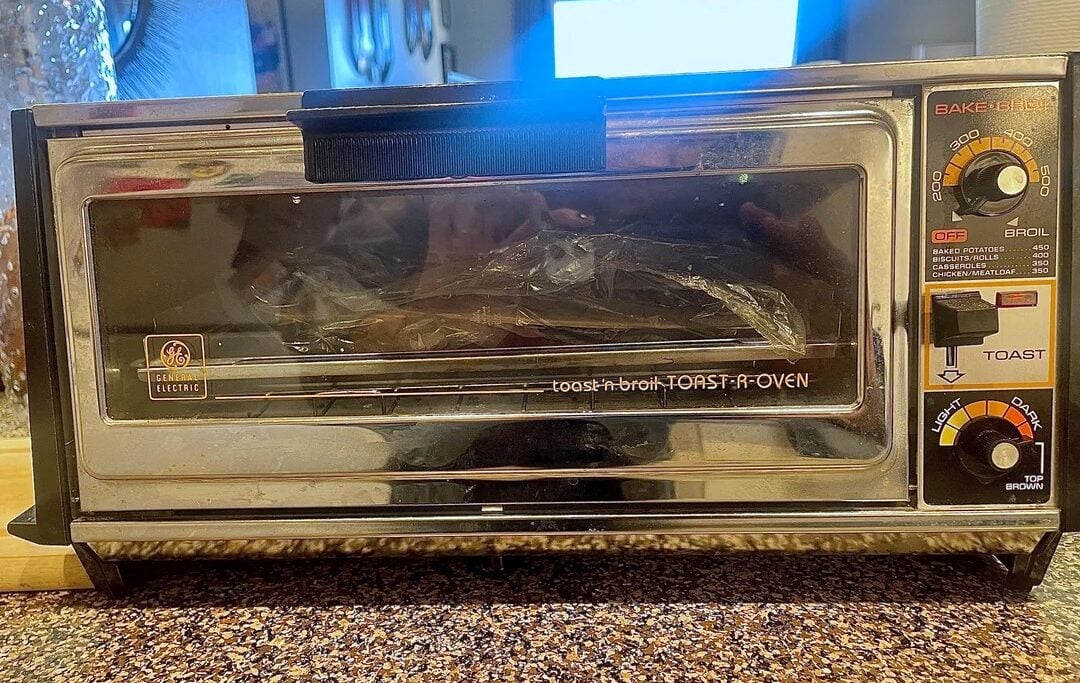
Last but not least, the humble toaster oven—that countertop appliance that could toast, bake, broil, and occasionally set your kitchen ablaze if you weren’t paying attention. By 1980, these compact ovens were standard kitchen equipment, offering a faster, more energy-efficient alternative to firing up your full-size oven for small jobs.
The era’s models were simple: turn one dial to select temperature, another for time, and wait for the ding. They were perfect for making toast (obviously), reheating pizza to hockey-puck consistency, and teaching a generation of latchkey kids basic cooking skills without burning down the house (usually).
Manufacturers like General Electric dominated the market with durable, no-frills models that would last decades. In fact, if you dig through your parents’ kitchen cabinets today, you might still find one of these immortal machines chugging along.

